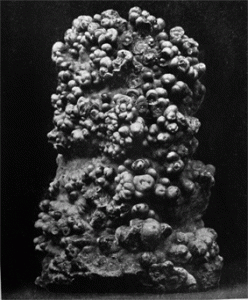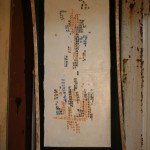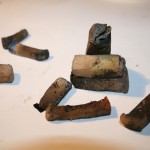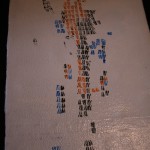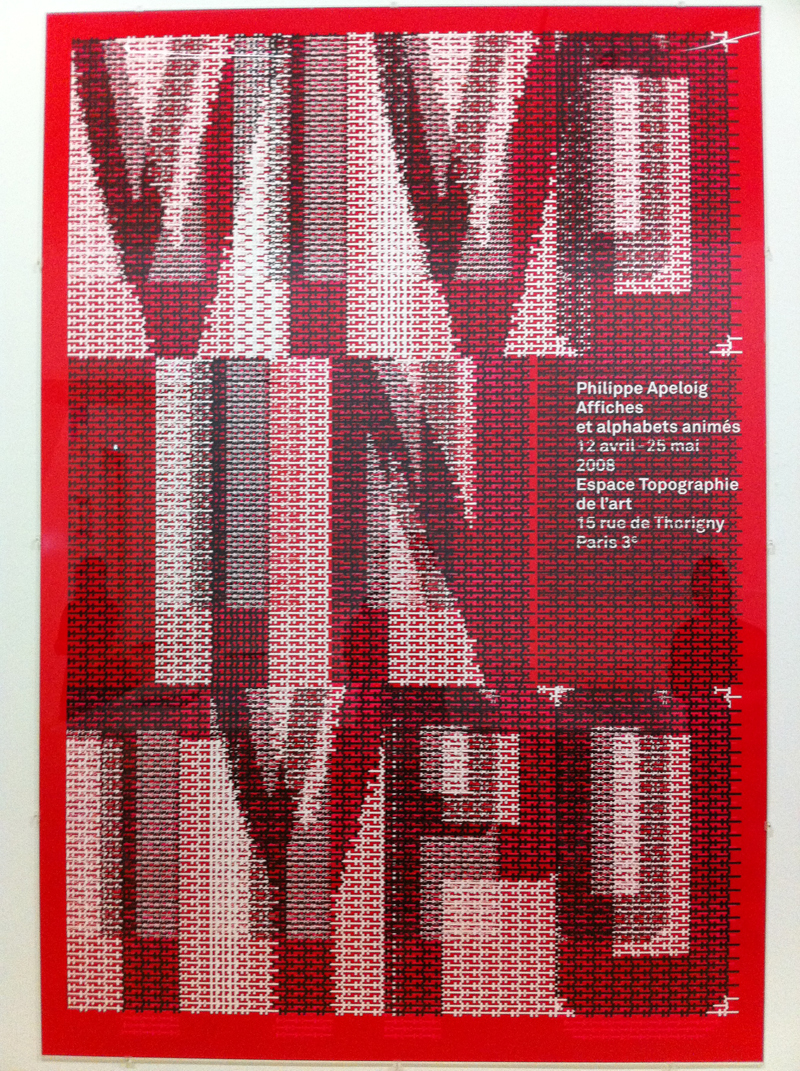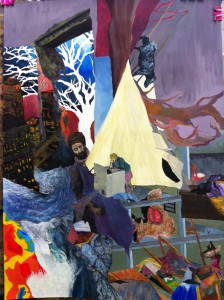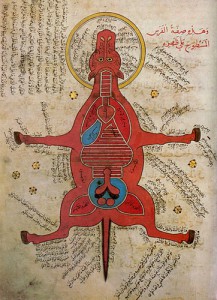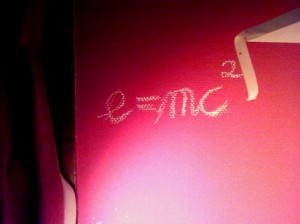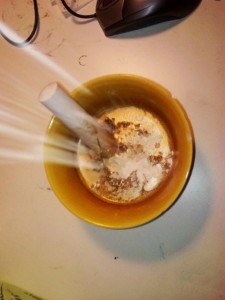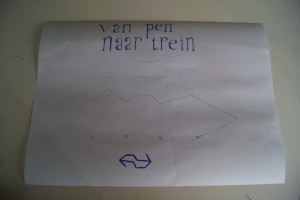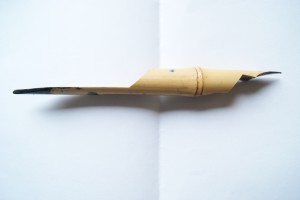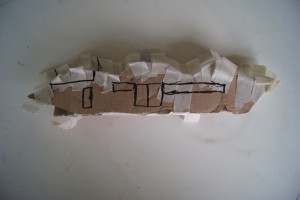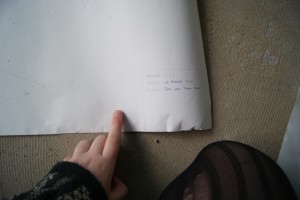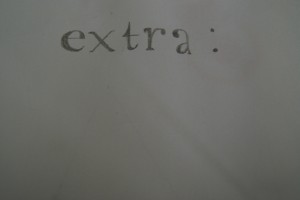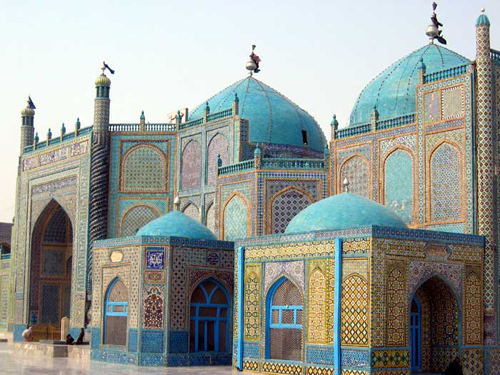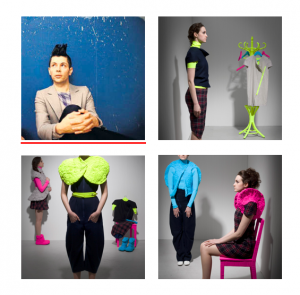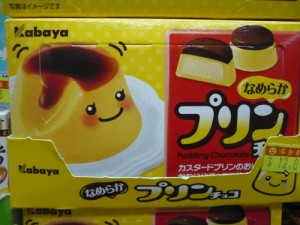This article is about my research into the alien spirits collection by Walter van Beirendonck.
First of all, it isn’t designed as a collection, the outfits are picked from various collections from 1994 up to 2011 for his exhibition in the fashion museum in Antwerp. He picked outfits with a common theme; “Alien Spirits”.
And that theme can be described as a theme with alien and indigenous influences. As Walter describes it:
“‘Alien Spirits’ references my interest for all things alien but also the spiritual like shamanism.”
-Walter van Beirendonck
But to describe it like that would be too easy, there is more to it than that. To me it is more about interpreting certain traditions and habits and using them in new outfits.
But Walter isn’t a scientist, he just looks at clothing and traditions of certain indigenous tribes (Like the Maori, the Masaï, the Hopi Indians, the Pende people etc.) and uses some of their accessories and clothing in new outfits. But he isn’t looking at what the purposes of the accessories are, so he uses them in a very wrong way.
And I think he does that on purpose, he likes to radically change the way the indigenous pieces are used. For instance, he uses the spiral eyes of masks used in traditional burial ceremonies of the Tolai tribe in Papua New Guinea in several of his outfits.
And just as he likes to deliberately misinterpret indigenous traditions he also likes to misinterpret our traditions. For that misinterpretation you need somebody who doesn’t belong in a culture to look at their habits with a fresh and unknowing eye.
And just like Walter uses himself as an outsider of indigenous cultures, he uses Aliens as outsiders of our western culture.
In 1999 he made a movie about two aliens coming to earth and scan the world. But he lets them misinterpret certain of our habits. For example, in “relics from the future, 2006” he uses jewelry which is still attached to the small black cushions on which they are presented in the stores. And in “Welcome Little Strangers, 1997” instead of a small flower behind the ears of the models they have wigs made of grass.
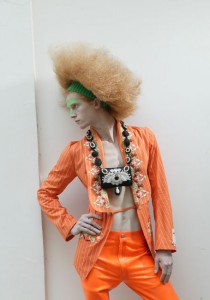

The misinterpretation of our traditions is a theme that is used in more things. A lot of big Hollywood movies and television shows use the same idea:
In “the gods must be crazy” (Jamie Uys, 1981) a cola bottle is tossed from a plane in the Kalahari dessert and believed to be a sign from the gods by bushmen.
video fragment The Gods Must Be Crazy
In Mars Attacks! (Tim Burton, 1996) Aliens come to earth and think a white pidgeon that is released as a sign of peace, is a threat and begin shooting people.
video fragment Mars Attacks!
In the TV-Show 3rd Rock from the Sun the misinterpretations happen a lot. It is a show about Aliens living on earth disguised as normal humans. They cannot figure out human basic emotions, they believe gelatin pudding is an evil creature and so on.
These are just a few example, movies like, for example, Men in Black, coming to America and almost any other Hollywood science fiction movie use the same idea of misinterpretation.
Whereas the big Hollywood movies and shows use that idea more for a comical purpose, Walter uses it for a different reason. To me his works are more about trying to have us look at our clothing and traditions in a new way and questioning them.
Why do women wear dresses and skirts and men don’t? And so on. He really wants us to look at our clothing again, because how crazy and extravagant his designs are, they are still intended for sale and to be worn in the street.
“Clothing is to me something to sell and to wear – that is its function. Of course you can tell stories and communicate with fashion, and that is something I definitely try to do in my collections. But essentially it’s a consumer product.”
-Walter van Beirendonck
So after my research the definition of the Alien Spirits ‘collection’ is:
“The deliberate misinterpretation of traditions in other cultures” with the goal of having us look at our clothes with a fresh eye.
